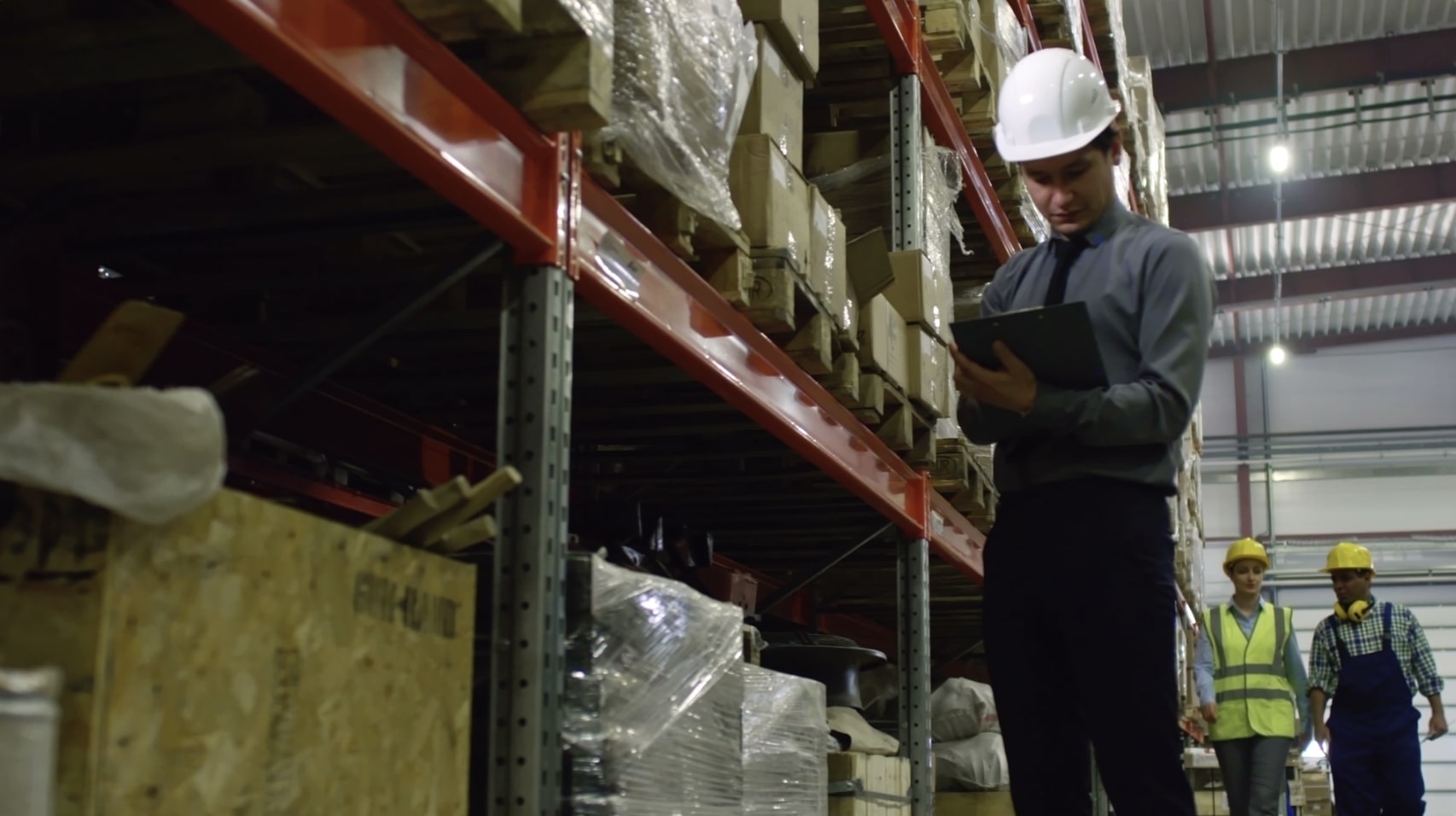Types of Pallet Rack
- Selective Pallet Racking: This is the most common type of pallet rack system. It offers easy accessibility to all products at all times, making it suitable for warehouses that handle a large variety of different stock keeping units (SKUs).
- Drive-In/Drive-Thru Racking: This type of pallet racking is designed to maximize space by minimizing aisles. Forklifts can drive directly into the rack, which allows for storage in both depth and height. This system is best suited for warehouses that handle large amounts of similar items.
- Push-Back Pallet Racking: In this system, each pallet is loaded from the front side and pushed back by the next pallet’s entry. This is an excellent solution for LIFO (last-in, first-out) inventory management and works well for warehouses with multiple pallets of the same product.
- Pallet Flow Racking: This system utilizes sloping rails and gravity to feed pallets from the loading side to the unloading side. As each load is removed, the next one slides forward. This system is great for FIFO (first-in, first-out) inventory management.
- Cantilever Racking: This racking system has arms extending from a single column, allowing for long or oddly-shaped materials, such as lumber, pipes, or sheets of plywood. The lack of a front column makes loading and unloading easy.
- Double-Deep Pallet Racking: This system increases storage capacity by allowing four pallets to be stacked back-to-back (requires a deep-reach truck). It is best suited for storing large quantities of similar items and can help reduce aisle space and increase storage density.
- Mobile Racking: Mobile racking systems are on motorized bases that move on rails, allowing for high-density storage. This is a good choice for cold storage applications or high-cost warehouse locations, where maximizing space is essential.
- Mezzanine Racking: This type of racking system involves building a loft over existing racks or shelving, effectively doubling the floor space. It’s ideal for warehouses that have run out of floor space but still have unused vertical space.
- Carton Flow Racking: Similar to pallet flow, but designed for boxes or cartons. This system is perfect for warehouses that need efficient pick-and-pack operations.
Each of these systems has its own set of advantages and disadvantages and is best suited for specific types of products and warehouse layouts. It’s important to carefully assess your needs before deciding on the best system for your situation.
